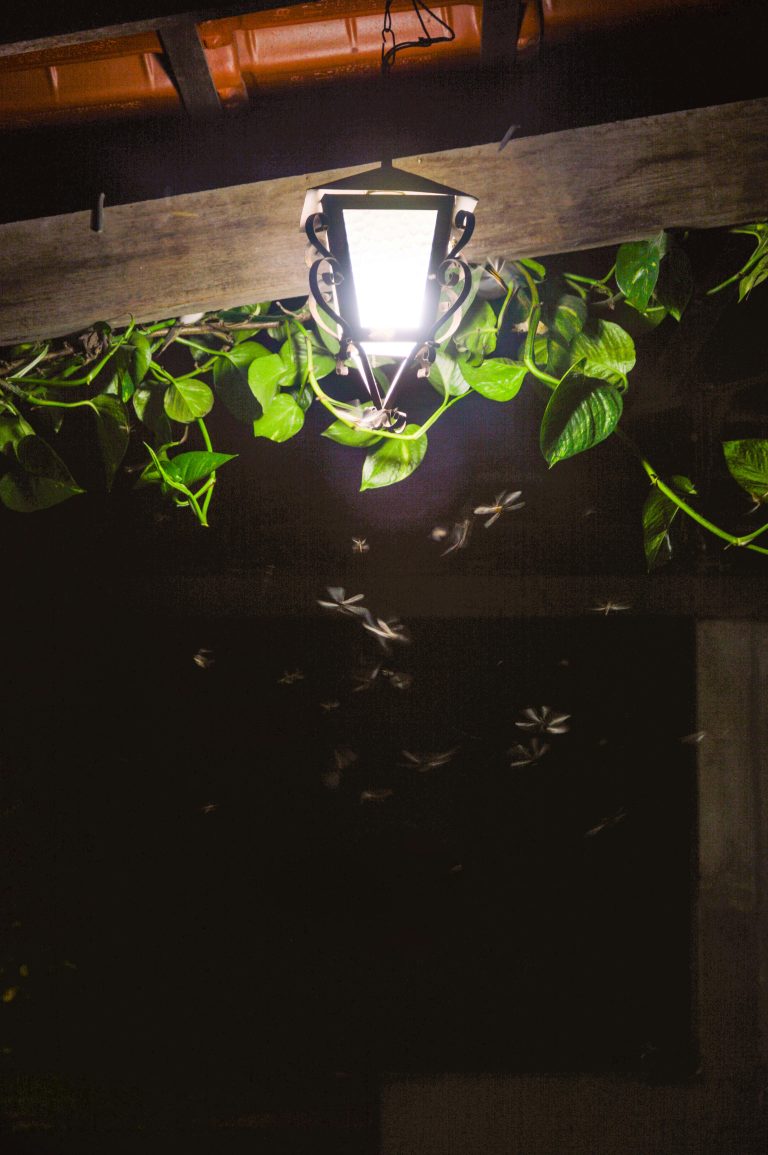Garden sheds create the perfect shelter from British summer weather conditions for a wide variety of bugs, according to garden building experts.
The garden pros from GardenBuildingsDirect.co.uk are sharing some of the bugs that could be lurking in sheds this summer, and how to deter them from becoming a nuisance in gardens.
Sheds are attractive to insects as they offer dark shelter, a relatively cool environment on particularly warm days and food sources.
Some insects, like spiders, will cause no damage to your shed. However, other shed-loving bugs like beetles and cockroaches can be cause for concern and require attention.
This is why the garden building experts are sharing some of the best ways to repel unwanted pests, and get rid of any active infestations in sheds.
A spokesperson for Garden Buildings Direct, said: “During the warmer months your garden shed could become a haven for all sorts of insects.
“Some insects are completely harmless, but that doesn’t mean people don’t want to deter them from lurking around in their shed. Spiders are the perfect example of this. They are not going to cause any damage but you also may not like the idea of letting them crawl around so close to your home.
“Other insects, like certain species of beetles, cockroaches and silverfish can cause significant damage to your shed or belongings, so knowing how to prevent infestations is crucial.
“We have shared some tips on detecting, preventing and eliminating some of the most pesky shed bugs.”
- Cockroaches
The oriental cockroach is particularly attracted to garden sheds in search of food, water and shelter. Signs you may have an infestation include droppings (which resemble black pepper), shed skins, egg cases and a musty, unpleasant odour. If you suspect an infestation, you should contact a professional for advice and treatment. In order to avoid future infestations, keep your shed clean and tidy and remove food sources or any standing water.
- Beetles
While these bugs are often associated with furniture and wooden joists in homes, they can also infest a wide range of timber products, including those used in sheds. They could end up causing significant structural damage. Wood-boring weevils, bark borer beetles and rarer house longhorn beetles are among the types of beetle which may be in your shed. Adult beetles typically emerge from wood during the summer months, so you may be able to spot evidence of infestation. Prevent infestation by addressing any damp in your shed and make sure you have good ventilation.
- Spiders
Most spider species found in sheds are completely harmless, but can be a nuisance if they make themselves at home in your shed. Spiders are drawn to sheds as they offer shelter and ideal conditions for hunting, they can even be quite helpful for ridding your shed of prey insects. If you are keen to get rid of any spiders lurking in your shed, you can use natural deterrents like citrus scents and peppermint oil.
- Moths
Moths are attracted to sheds as they offer them lots of dark areas to shelter and lay their eggs. If you store any old dog beds, clothes or other materials in your shed then moth infestations will be more likely. The pesky bugs are even attracted to decaying leaves and wood. To prevent moth infestations, make sure to remove food sources, fabrics and consider using pheromone traps.
- Silverfish
You may find your shed is filled with silverfish, as they prefer damp, dark conditions and are attracted to areas of high humidity. They seek out readily available food sources like fabric and stored goods. Silverfish are generally harmless, but can be a nuisance if they make their way into your garden shed. They will eat up any paper, cardboard or fabrics left in your shed, so keep an eye out for any irregular holes and chewed corners. If you are worried about an infestation of silverfish, ventilate your shed well and use a dehumidifier to lower the moisture levels. You can also declutter and get rid of anything you’re not using that could be providing hiding places and food sources for the pests.


